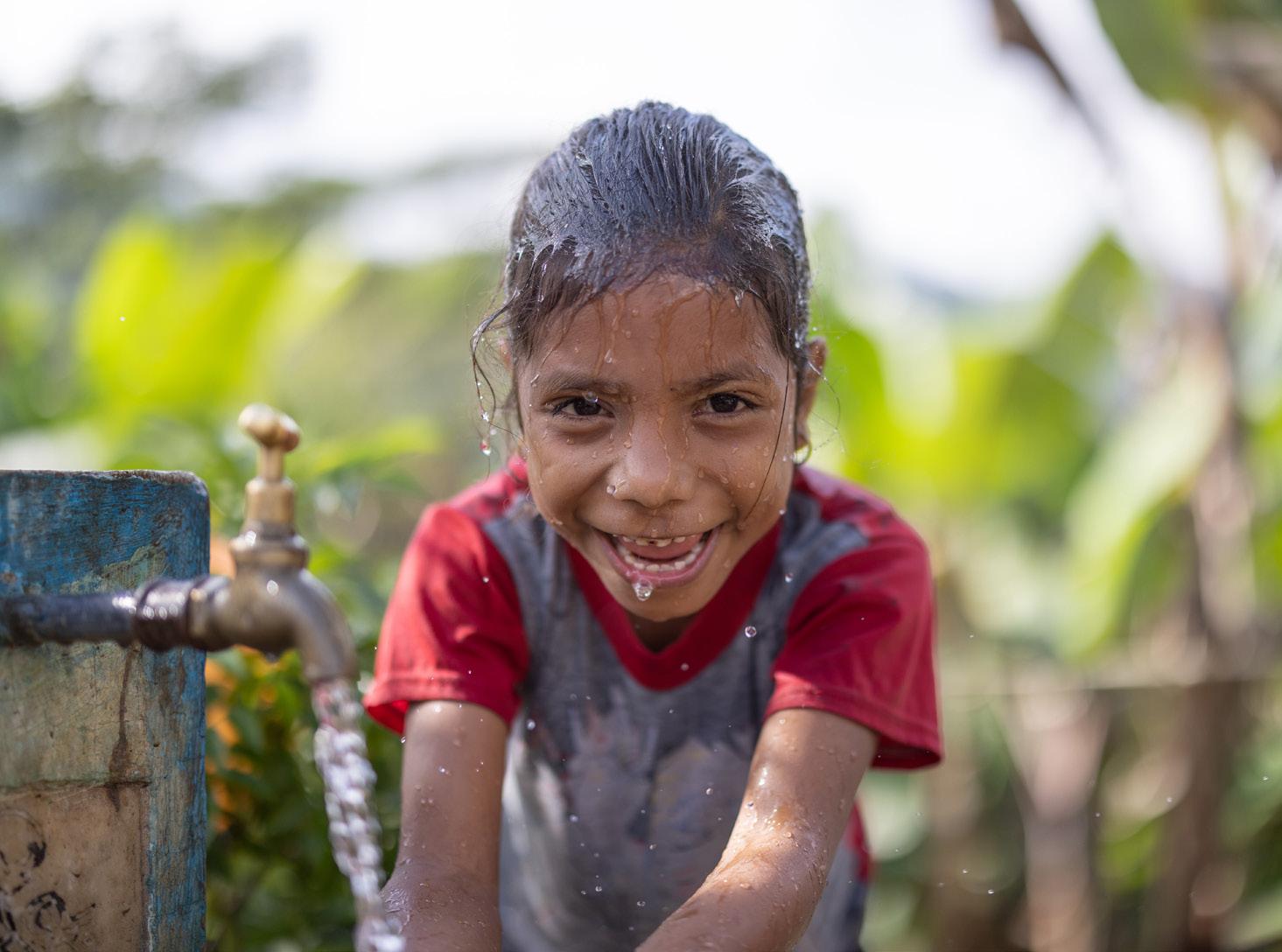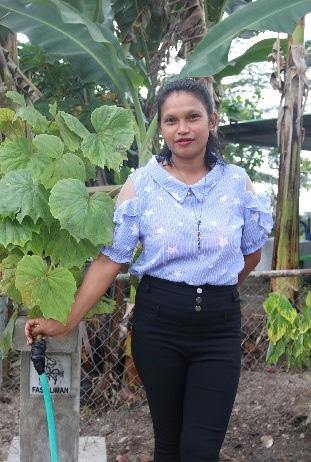
2 minute read
Water
Water is crucial for basic human survival, but it also underpins every aspect of our societies and economies. Sufficient water is critical for human health, agricultural productivity, food security, environmental and ecosystem sustainability, energy production, and cultural and social practices.
The dual challenges of increasing competition for water resources from households, industry and environment, and the impacts of climate change mean that now, more than ever, communities need secure water resources.
Advertisement
WaterAid has been partnering with the Australian Water Partnership to improve water resource management in Papua New Guinea (PNG), Timor-Leste and Cambodia.
In Papua New Guinea and Timor-Leste, we have been working with rural communities who manage their own water supply. We helped the community to understand the water cycle and how rainfall in highland areas contributes to rivers and groundwater flows further down the mountain. We also ran activities designed to help communities map out the social and economic impacts of extreme weather, and to think about how the resulting droughts, floods, landslides or crop failure can impact different community members. Discussions about gender equality, disability and social inclusion were particularly important, as these groups are often most affected by water stress.
In Timor-Leste we have partnered with a local community development organisation, FHTL, and a permaculture organisation, Permatil, to guide communities in how they can dig retention ponds and reforest the slopes uphill of their water springs to reduce erosion and increase the volume of water soaking into the groundwater. We tied all of these activities together through local cultural laws called Tara Bandu, in which community members commit to protecting their water sources and reducing water wastage, and are kept accountable to these commitments through traditional cultural practices. Our partnership with FHTL and Permatil also includes the new National Water and Sanitation Authority. Those three organisations are now collaborating with the Ministry of Public Works to apply the water resource management approaches we developed in
“This pilot program takes a holistic approach to water resources management efforts as well as restoring environmental degradation through which we expect our community members to have sufficient water in the next two or five years.” - Loidahar village chief urban catchments around the capital city, Dili.

In Papua New Guinea we have supported the national government over many years to set up a national monitoring system to track which communities have access to clean water. This year we have added a set of questions and indicators on water security so that as local government officials are collecting data, they also identify which communities and districts are most at risk of water insecurity.
Much of Cambodia is characterised by flat terrain and annual flooding cycles. In the wet season water is abundant, but overflowing toilets and chemicals from factory wastewater and farms can make water sources unsafe. In the dry season, water providers compete with farmers and factories for dwindling water resources. WaterAid has been working with all water users and stakeholders in Samakki Meanchey district to create a district-wide water resource management plan, owned by the district government. One of the main results from this work has been the closer collaboration between different government departments, private sector, and community groups. WaterAid also worked with piped water organisations to increase household access to water supply and storage.
As a result of this work, the total number of piped water connections in the target district increased to 1,206 new connections over the project period, in which 71 connections were for marginalised households.
“The [district] plan development has brought us closer to relevant provincial departments including the PDRD and PDISTI. Before, we did not know and never communicate with them, but now we closely work with and learn from them too.” - Government official from Samakki Meanchey district, Cambodia









